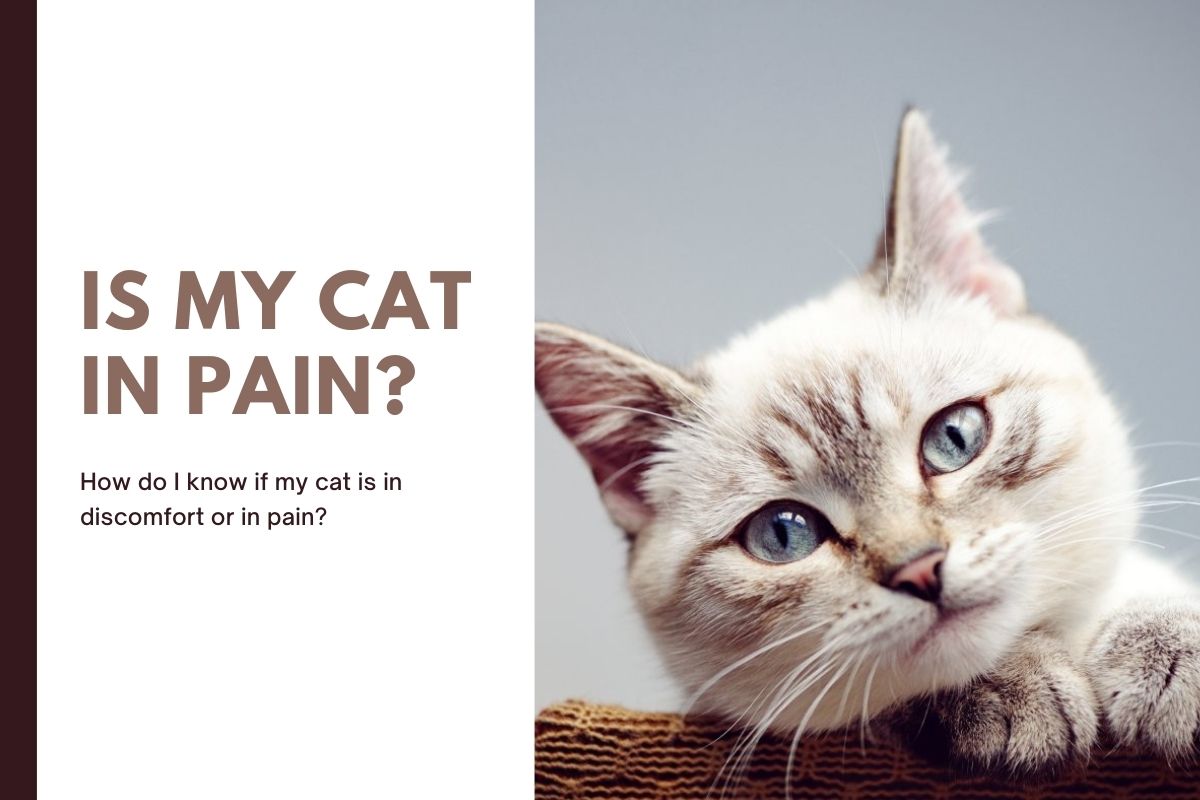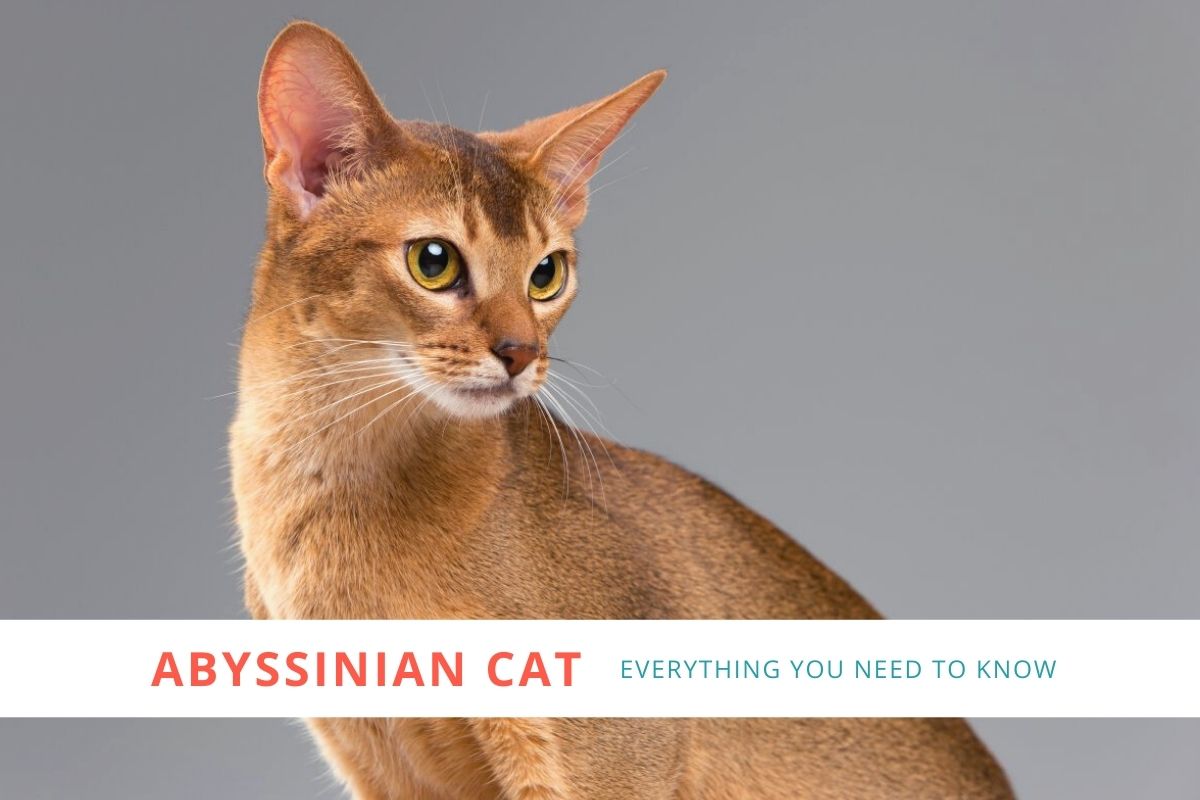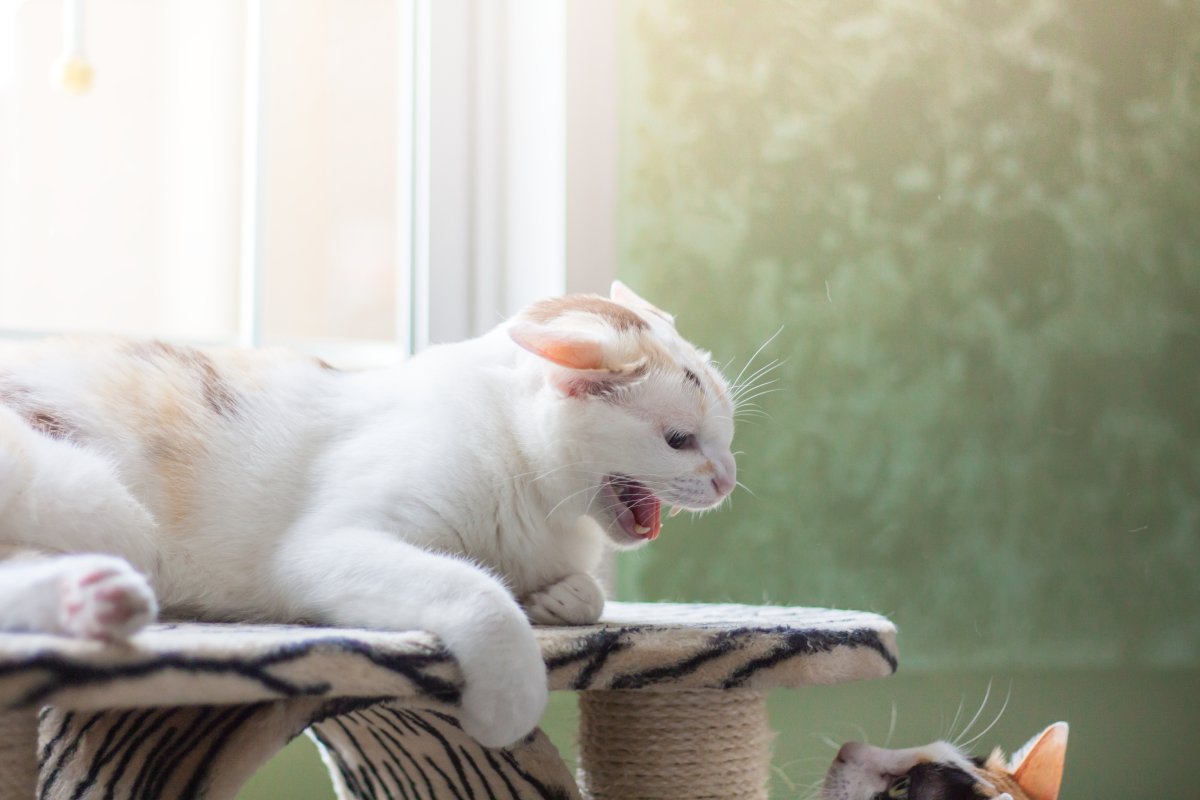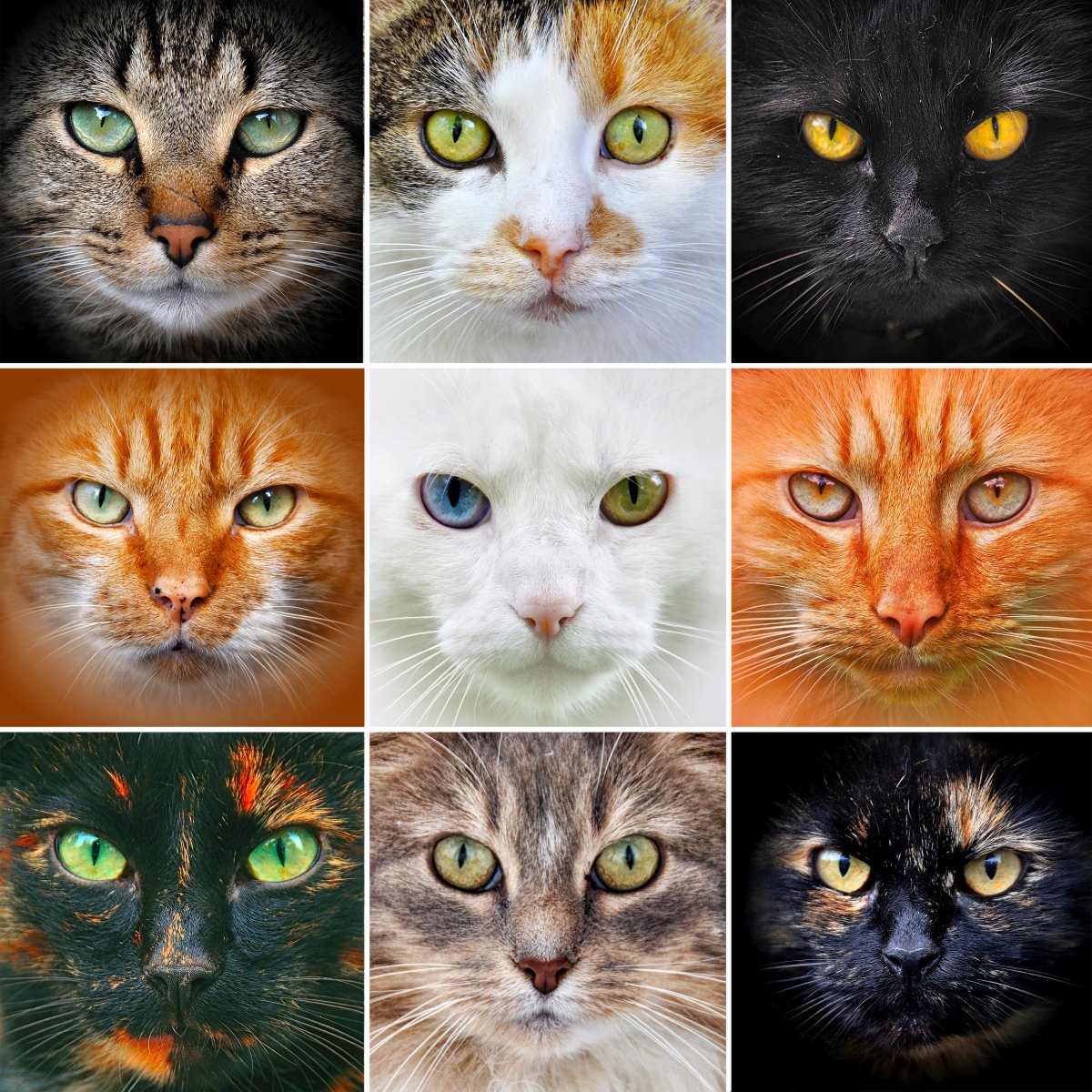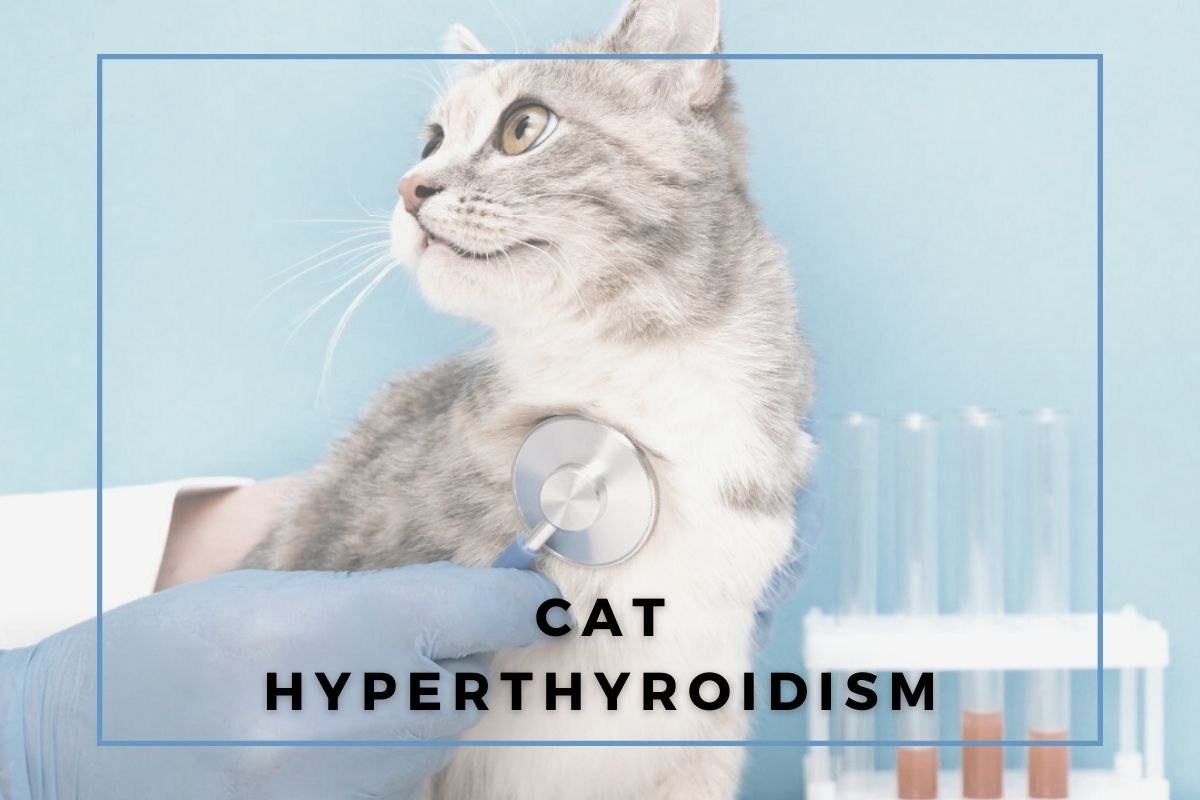These questions plague the mind of every responsible cat owner. Since cats cannot communicate to us through words, we have a lot of difficulty telling when our feline friends are in pain and are unable to employ natural pain relief methods for cats to help them.
However, if you can read your feline friend’s facial expressions or body language, you could easily identify a cat in pain. In our guide, we discuss the common body languages that indicate a cat is in pain displays so that you can catch them and provide pain relief for cats.
They may meow more
A cat in pain may start “talking” or meowing more to communicate with you. Meowing is a sound that a cat uses to communicate to human beings. While cats meow when they are hungry or want to catch your attention, they also meow when in pain.
However, you understand how much your cat meows regularly over the years. If you think that your cat has been meowing more than its normal level, then that is a sign of a cat in pain.
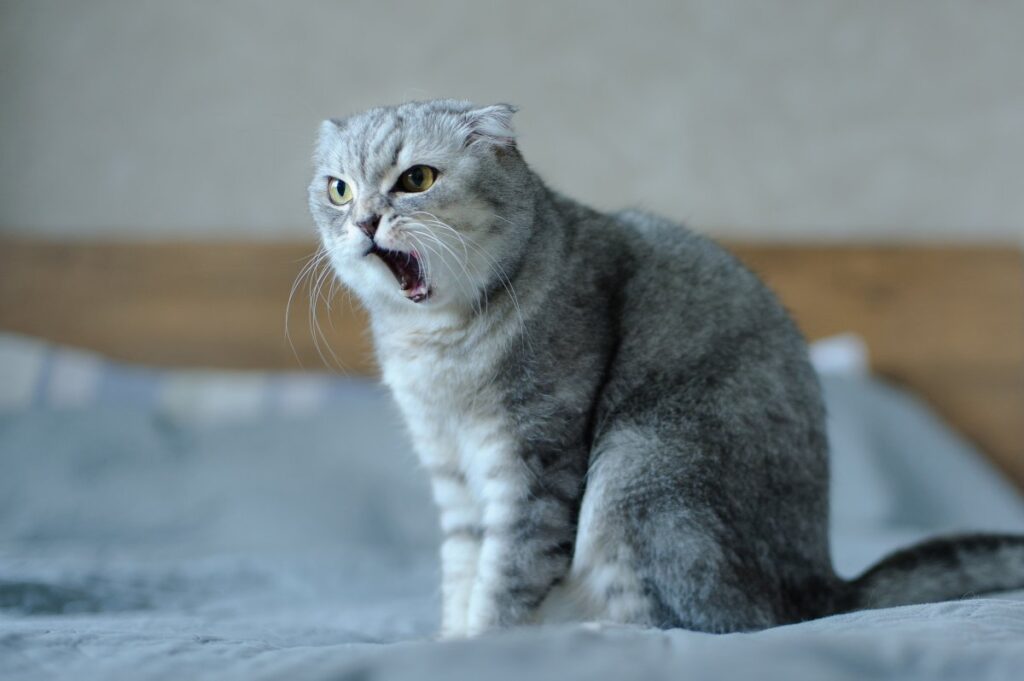
In addition, if your cat is purring at unusual times of the day without reason, this could indicate pain as well. If your cat also hisses or growls whenever you or your family try to come near it, this could be a sign that your cat is in extreme bodily discomfort and pain and does not want anyone touching it.
We suggest contacting your vet immediately in these scenarios since a cat hissing and growling in pain needs immediate natural pain relief for cats.
A cat in pain may over-groom itself
Another indication of a cat in pain is that it may start grooming itself excessively. Now all cats lick and scratch themselves as part of their natural routine. However, if your cat is licking and scratching a particular part of its body excessively, then this could mean that your cat is suffering from pain in that body part.
This excessive grooming could cause hair loss and redness on your cat’s body in some extreme scenarios. If you see that your cat is engaging in such behaviors, contact your vet immediately for medical attention to get to the root of the issue.
It may adopt strange postures
One of the key giveaways of a cat in pain is that cats start adopting strange, uncharacteristic body postures which appear unusual. These unnatural body postures allow a cat in pain to become more comfortable and cause the pain to subside temporarily.
After all, when human beings are in pain, don’t we adopt strange postures too? We often bend over, or rub our knees, or rest our legs in an awkward position since these positions provide momentary comfort. The same goes for cats too. If your cat is standing with its bottom raised and its front legs bent beneath its chest, then this indicates that your feline is a cat in pain.
This is because this strange position takes the weight off the back portion of the cat’s body (which may be hurting because of joint pain or arthritis) and pushes it all onto the front legs. Another strange posture that a cat in pain may adopt is that it neatly tucks its legs underneath its body while lying down. Now, a normal cat usually puts its legs to the side of its body when it lays down, and if your cat is not doing it, this indicates that it is in pain.
In addition to this, if you think that your cat is having trouble scratching or doing its customary, long stretches, this could be a sign that your pet is a cat in pain.
You can read the pain on their face
You can easily spot a cat in pain through its facial expressions. Usually, a cat in pain has a vacant or distant expression on its face. If you suspect that your pet is a cat in pain, look at it carefully and observe its facial expressions.
Does it appear to be staring off into the space, and its eyes look wide and open? If yes, then this could indicate a cat in pain. You should consult with your vet to find out what is bothering your cat, and he will recommend medication or therapy for pain relief in cats.
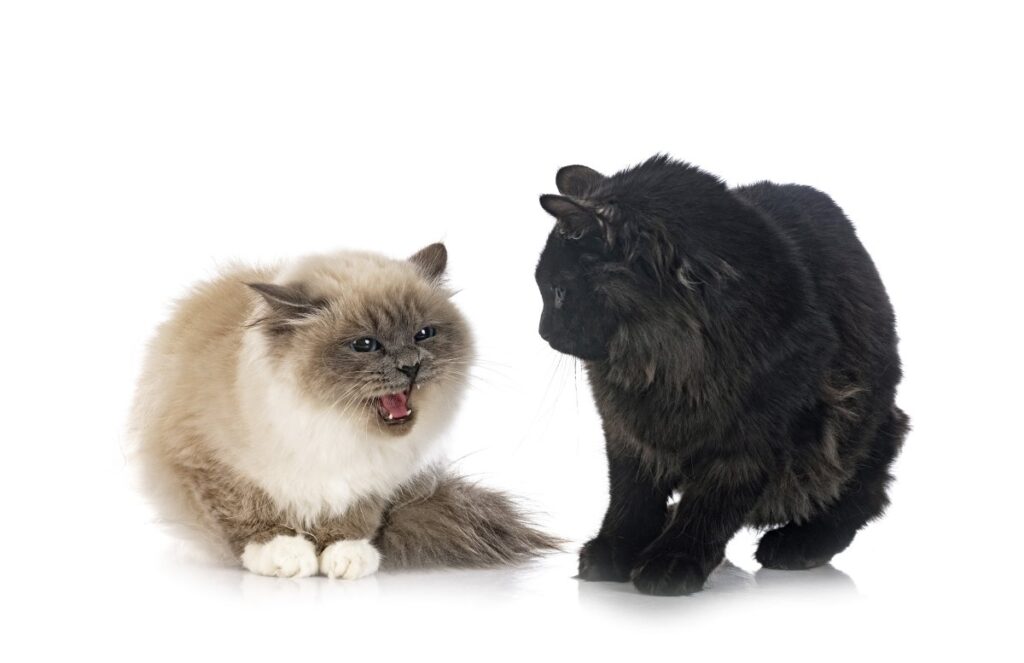
They may become very aggressive
If your cat becomes angry over time, this could be a sign that it is suffering from physical pain. Even human begins to get angry and cranky when they are in a state of prolonged pain, so it is not unusual when our cats do the same too! If your cat becomes angry and starts growling when you try to touch a particular part of its body, this is a sign that the body part is causing them pain.
Moreover, if your cat is cranky and irritable and seems to be hissing and growling at other pets in your household, this could also indicate that your cat is in pain.
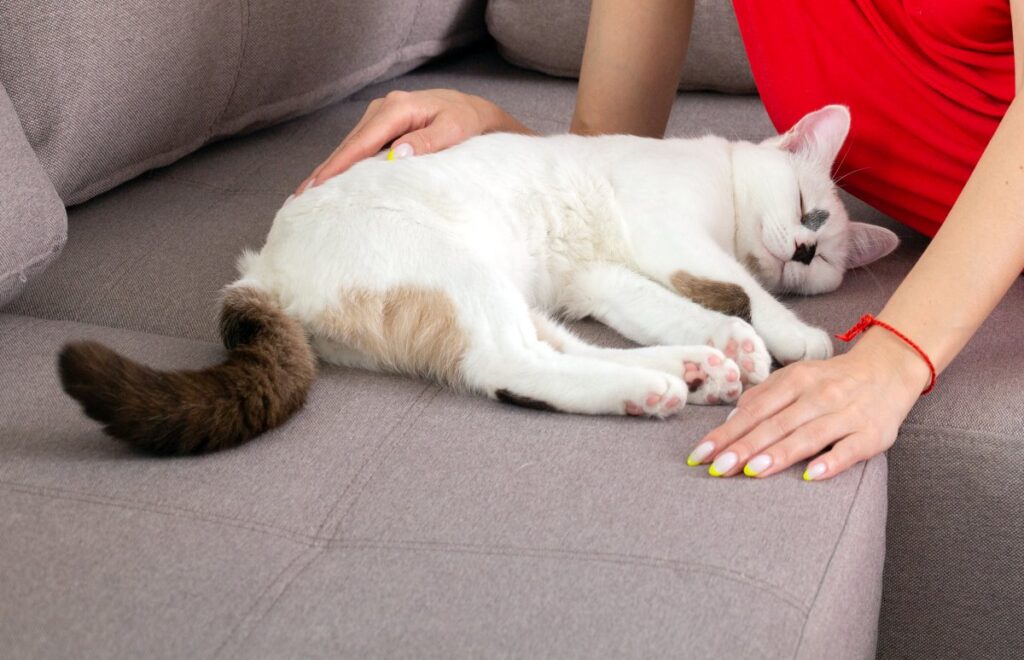
Their eating and sleeping habits may change
One of the giveaways of a cat in pain is that they stop eating and sleeping regularly. For instance, if your cat is suffering from kidney stones or digestive problems, it may start eating less food since consuming food exacerbates the pain it is feeling.
In addition to this, a cat in pain may also have difficulty falling asleep since the pain prevents them from settling in a comfortable position that allows them to rest.
Conclusion
We hope that our guide helped you understand how you can spot a cat in pain. As a responsible pet owner, you must take care of your pet and ensure that it is not in any discomfort. Given that we cannot understand cat language right now, the signs listed above are good indicators of a cat in pain.

